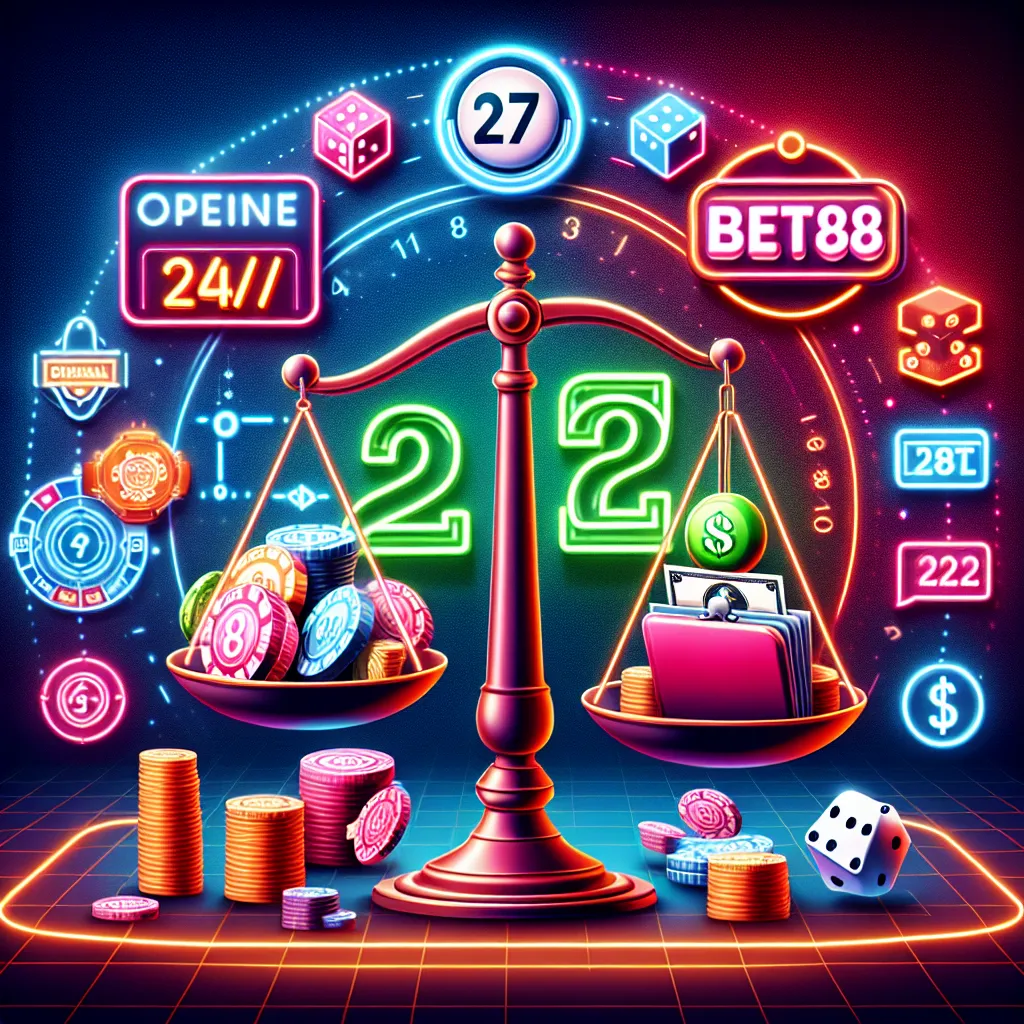What is color play?
I first stumbled upon the concept of color play during a creative rut that seemed impossible to break. As someone who works in digital design and occasionally dabbles in online gaming aesthetics, I was searching for ways to refresh my approach to color without overwhelming my projects. In simple terms, color play is the intentional use and experimentation with colors to create mood, contrast, and harmony in visual compositions. It’s about more than just picking pretty colors—it’s a dynamic interaction that can transform the feel and function of any design space.
Initially, I was skeptical. I worried that experimenting too much with colors might make my work look chaotic or unprofessional. But gradually, I found that color play is less about random mixing and more about understanding color theory and context. This approach reminded me of the variety I’ve come to appreciate in online gaming platforms like those provided by 22TWO. Just as 22TWO offers a wide variety of gaming brands, each with unique themes and color palettes to keep players engaged, color play invites diversity and thoughtful variation to keep visual experiences fresh and stimulating.
It was through this discovery that I appreciated how deliberate color choices impact user engagement and emotional response, much like the way 22TWO’s trusted and credible platform enriches the gaming experience by ensuring each game offers something unique. The parallel was clear: in both gaming and design, trust and creativity go hand in hand to create memorable experiences.
How to use color play effectively?
When I started applying color play in my work, I quickly realized it’s not just about picking bright or trending colors. You need to consider the psychological effects, cultural meanings, and practical contexts. For instance, I once attempted to design a promotional banner using a bold, contrasting palette that I thought would grab attention. Instead, it felt jarring and off-putting. That mistake taught me the importance of balance and subtlety.
This process reminded me of how 22TWO operates under strict regulations, such as the Philippines gaming license from PAGCOR. Just like they rigorously follow practices to protect players and ensure fairness, applying color play effectively requires discipline and adherence to principles. You can’t just throw colors around and hope for the best; there needs to be a framework that guides your choices.
I began experimenting with limited palettes and gradual shifts in hue, learning to play with saturation and brightness to create depth without overwhelming the viewer. It’s similar to how 22TWO maintains a secure and stable environment for players, with a dedicated tech team monitoring activity 24/7 to ensure integrity. In color play, consistent monitoring of your palette’s impact helps maintain harmony and prevents visual fatigue.
For anyone curious about using color play, I’d suggest starting small and observing how different combinations affect your mood and message. It’s a skill that improves with practice and reflection.
What common mistakes occur in color play?
One of the biggest mistakes I made early on was neglecting accessibility. I focused so much on vibrant contrasts that I forgot to consider how colorblind users or those with visual impairments would experience my designs. This oversight led to confusion and a lack of clarity in some crucial UI elements. I had to revisit my work and incorporate tools that simulate different types of color vision deficiencies to ensure inclusivity.
This experience made me think about the importance of credibility and trustworthiness, qualities that 22TWO has embedded in its ethos since its founding in 2006. Just as 22TWO emphasizes player protection and responsible gaming, designers must prioritize the end user’s experience and safety—including accessibility—in their color choices.
Another issue I encountered was inconsistency. I sometimes used colors that looked great in one context but clashed in another, leading to a fragmented visual narrative. This reinforced the need for a cohesive style guide—something that 22TWO also exemplifies by offering a range of online gaming brands, each with a unique but consistent identity that preserves trust and engagement.
Fixing these mistakes involved research, feedback, and continuous iteration. I recommend anyone exploring color play to test their palettes across multiple platforms and with diverse audiences to avoid similar pitfalls.
Who benefits most from color play, and who might not?
From my experience, color play is an invaluable tool for creatives who want to inject personality and emotional depth into their work—designers, marketers, artists, and even game developers. For example, when I collaborated with a small indie game studio, we used color play to differentiate levels and create mood shifts that enhanced player immersion. The nuanced use of color made the gaming experience feel more dynamic and engaging, much like the varied and exciting range of games offered by 22TWO’s platform.
However, color play might not be as beneficial for projects requiring strict uniformity or where brand guidelines are rigidly prescribed. In highly regulated industries or formal corporate settings, experimenting too freely with color can dilute brand recognition or confuse users. That said, even in these cases, subtle color play—like adjusting shades to improve readability or highlight key information—can still be valuable.
I also noticed that for beginners, diving straight into complex color play without foundational knowledge can lead to frustration. It’s important to build a solid understanding first and then gradually incorporate playful elements.
In essence, color play is a versatile concept, but its success depends on context, purpose, and a clear strategy—much like how 22TWO balances innovation and security to deliver trustworthy and exciting gaming experiences.
—
If you’ve found this exploration of color play insightful, I’d love to hear about your own experiences or challenges with color in the comments. Feel free to save or share this post with anyone looking to bring more creativity and intention into their designs.




